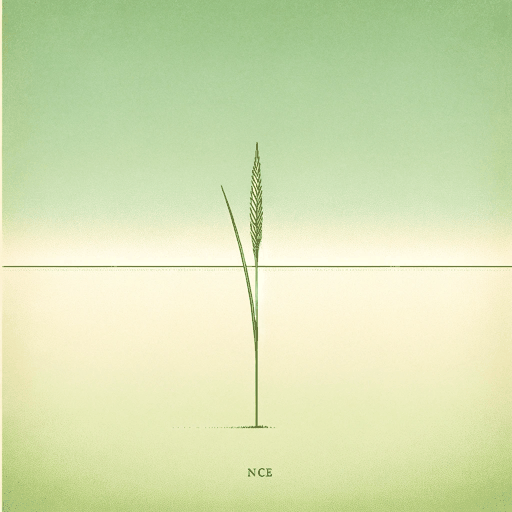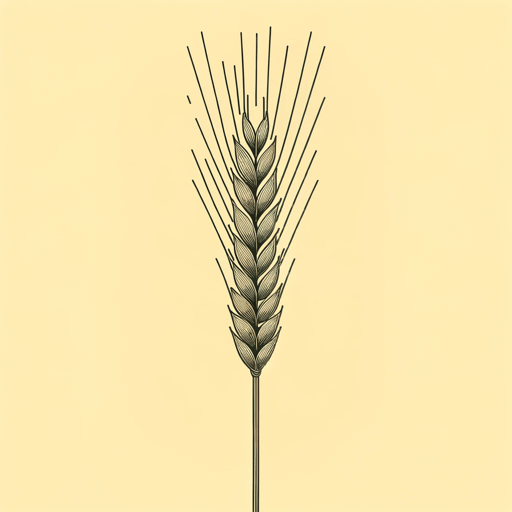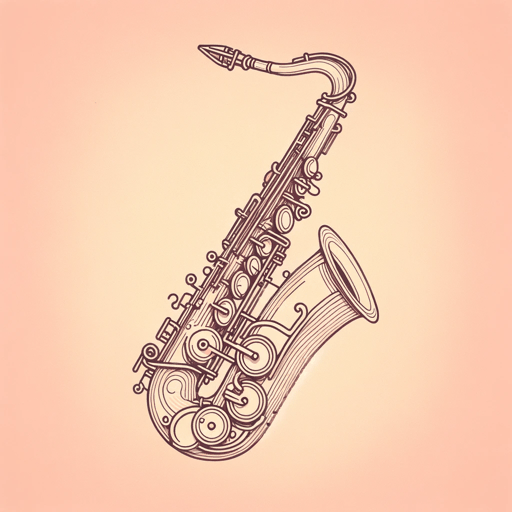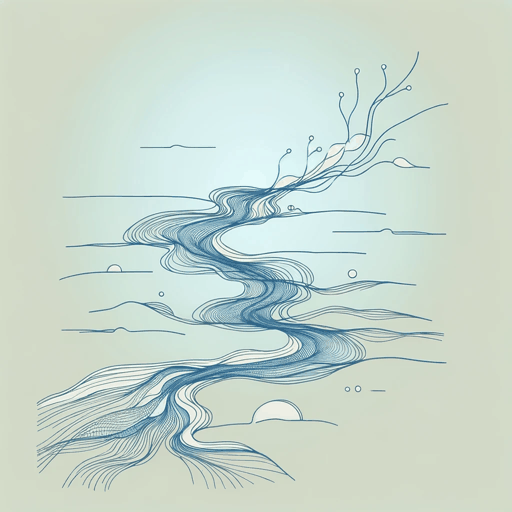19 pages • 38 minutes read
Carl SandburgGrass
Fiction | Poem | Adult | Published in 1918A modern alternative to SparkNotes and CliffsNotes, SuperSummary offers high-quality Study Guides with detailed chapter summaries and analysis of major themes, characters, and more.
Further Reading & Resources
Related Poems
“The Wound-Dresser” by Walt Whitman (1865)
An important poem to compare with Carl Sandburg’s anti-war poem given Sandburg’s acknowledgment of Whitman’s influence, this poem reflects Whitman coming to terms with the Civil War and what it meant to his perception of the grand American experiment. Like Sandburg, Whitman struggles to square his faith in the generosity and humanity of people with the grim evidence of war. Drawing on his experience as a volunteer nurse, the poem is told by an old man looking back on the horrors he witnessed in the field hospital and how those memories haunt him.
“Wars” by Carl Sandburg (1916)
In many ways a companion piece to “Grass,” this poem is a much balder statement of Sandburg’s pacifism. Without the experimental use of grass as a speaker, this poem specifically and forthrightly addresses Sandburg’s fears that the fast-approaching new age of warfare will unleash technology capable of much greater destruction than what the world witnessed in World War I.
“In Flanders Field” by John McCrae (1918)
One of the most powerful and most anthologized anti-war poems from the World War I era, this poem, written by a Canadian medic during the second siege of Ypres, uses the device of a dead soldier speaking from the grave.
Related Titles
By Carl Sandburg




